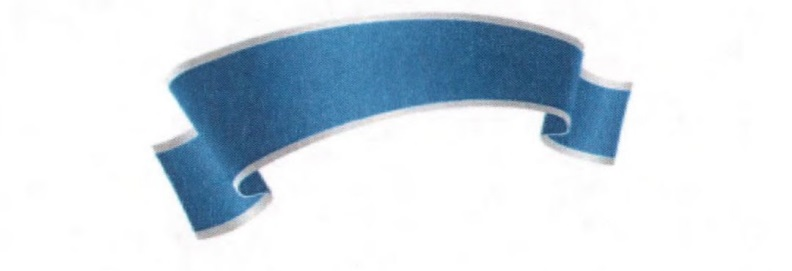Sign that is represented by a colour drawing with defined contours cannot be registered as a colour mark
07-06-2019 Print this pageClassification given by the applicant when registering a sign as a "colour mark" or "figurative mark" is a relevant factor amongst others to establish whether that sign can constitute a trade mark under Article 2 of the Trade Mark Directive 2008 and whether this mark has distinctive character under Article 3(1)(b). Trade mark authority is obliged to carry out a concrete and global assessment of the distinctive character of the trade mark concerned: authority cannot refuse registration of a sign as a trade mark on the sole ground that that sign has not acquired distinctive character through use in relation to the goods or services claimed, for a colour combination designated in the abstract and without contours, it is necessary to examine whether and to what extent the systematically arranged colour combination is capable of conferring inherent distinctive character on the sign in question. Registration as a colour mark of a sign that is represented as a colour drawing with defined contours, but is described as a colour mark should be refused due to an inconsistency in the application for registration.
Hartwall applied to the Finnish National Intellectual Property Office for registration of the sign shown below as a colour mark. Following an preparatory decision by the Intellectual Property Office, Hartwall clarified that it was applying for registration of the mark as a "colour mark" and not as a figurative mark. The trade mark application was rejected on the ground that it was devoid of distinctive character. The referring court states that, to its knowledge, the Court has not yet ruled on whether a sign represented as a colour drawing is capable of being registered as a "colour mark" and has referred a number of questions for a preliminary ruling. These questions are answered as follows:

"1) Articles 2 and 3(1)(b) of Directive 2008/95 must be interpreted as meaning that the classification as a ‘colour mark’ or ‘figurative mark’ given to a sign by the applicant on registration is a relevant factor among others for the purpose of establishing whether that sign can constitute a trade mark within the meaning of Article 2 of the directive and, if so, whether it is distinctive within the meaning of Article 3(1)(b) of that directive, but does not release the competent trade mark authority from its obligation to carry out a global assessment of distinctive character by reference to the actual situation of the mark considered, which means that that authority cannot refuse registration of a sign as a mark on the sole ground that that sign has not acquired distinctive character through use in relation to the goods or services claimed.
2) Article 2 of Directive 2008/95 must be interpreted as precluding in circumstances such as those in the main proceedings, the registration of a sign as a mark due to an inconsistency in the application for registration, which it is for the referring court to ascertain."
C-578/17 - ECLI:EU:C:2019:261

















